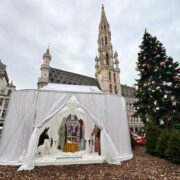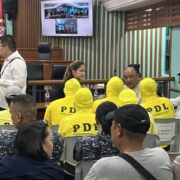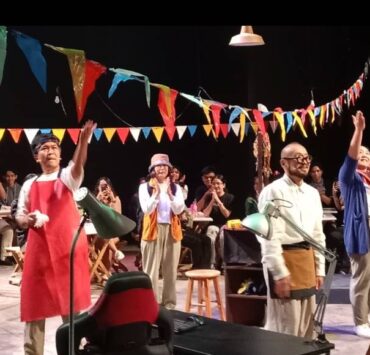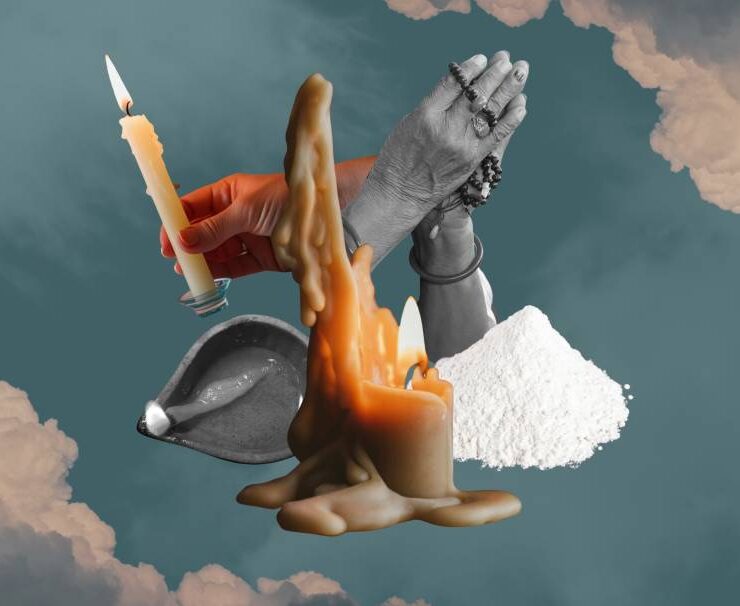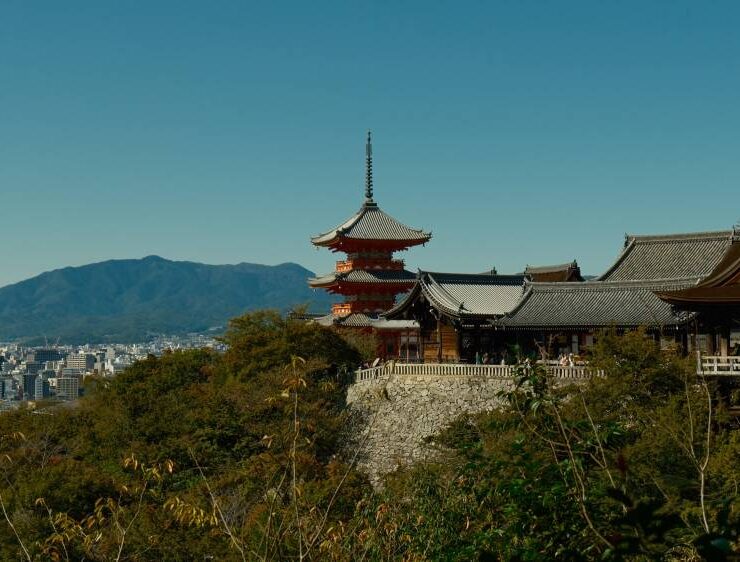PH marks century of Art Deco
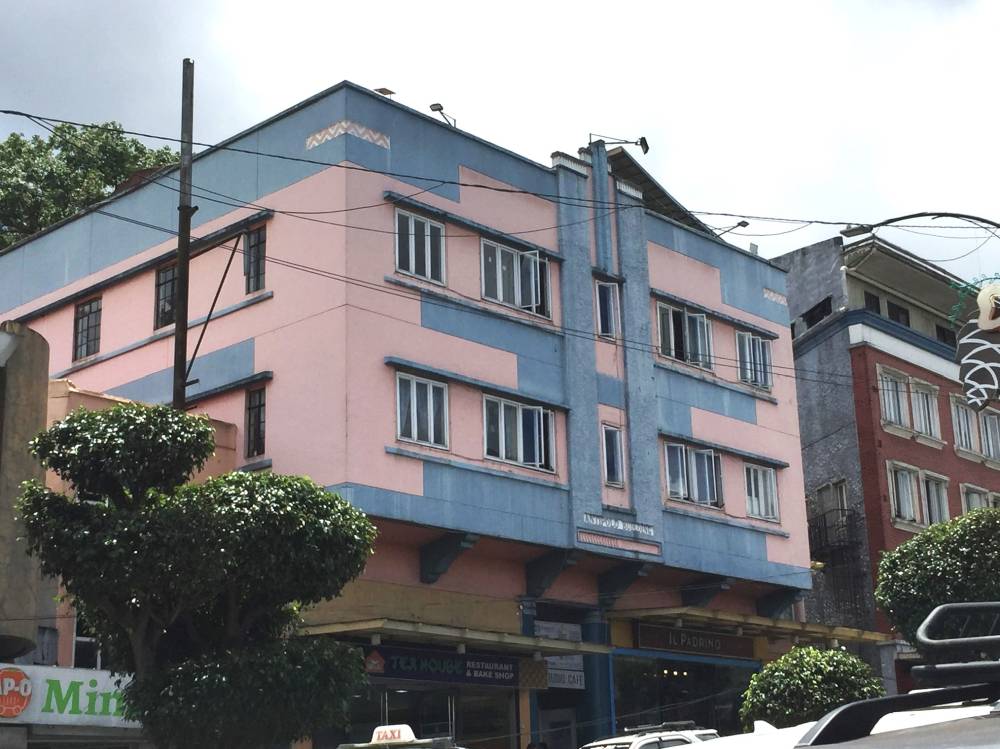
This year marks the centenary of the artistic style called Art Deco, which first appeared in early 20th-century France.
Its name came from the French phrase arts decoratifs or decorative arts, which in turn came from the Exposition internationale des arts décoratifs et industriels modernes held in Paris in 1925.
The art movement covering various fields such as architecture, design, art, and fashion flourished globally from the 1920s to the 1950s with sporadic reincarnations in the decades after.
Recently, the National Museum of the Philippines and the Museum Foundation held the conference “Making Modernity: The Art Deco Centennial Lecture (1925-2025)” at the National Museum of Arts in Manila.
The speakers, including architect-historian Gerard Lico, scholar Maria Victoria Herrera, and cultural worker Ivan Man Dy, discussed the history and influences of the art movement in the country as well as individuals who have embraced and applied the Art Deco philosophy in their works.
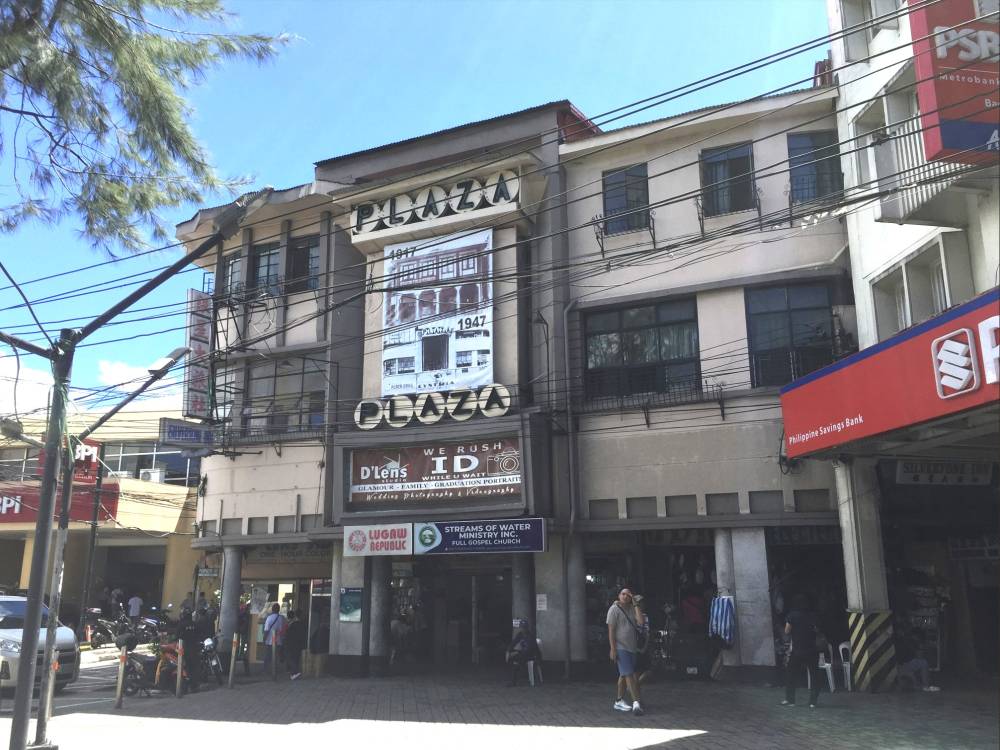
Manila had the most buildings built in the Art Deco style, with notable ones such as the Cine Astor in Sta. Cruz and the Geronimo de los Reyes Building on Escolta, both no longer extant, and the Jai Alai Building and the still extant Metropolitan Theater in Ermita.
Apart from Manila, Baguio has many specimens, with at least 10 dating back to the American period to the postwar years. As with other Art Deco structures, these buildings are characterized by geometric shapes, lines, and the use of industrial elements such as those related with sailing.
Following the destruction caused by World War II, buildings became streamlined, simple, and at some point, austere.
Landmarks
The genesis of Art Deco in Baguio happened in the 1930s and was carried over to the postwar years. A number of these buildings are no longer extant.
Located at the corner of Abanao and Shanum streets was Hotel de Luxe, a two-story edifice featuring an unembellished facade with a central section punctured by a rounded window crowned by horizontal lines.
Beside it was another Art Deco structure, Hotel City Lunch. Both have since been replaced by a single commercial building which also functions as a hotel.
Not far from these two was a two-story wooden Art Deco building which is now part of the Abanao Square property.
At the corner of Session Road and Cerantes Street used to stand the Palace Hotel, which was damaged heavily during the war but was rebuilt after. A new edifice, the Development Bank of the Philippines Building, now stands on the site.
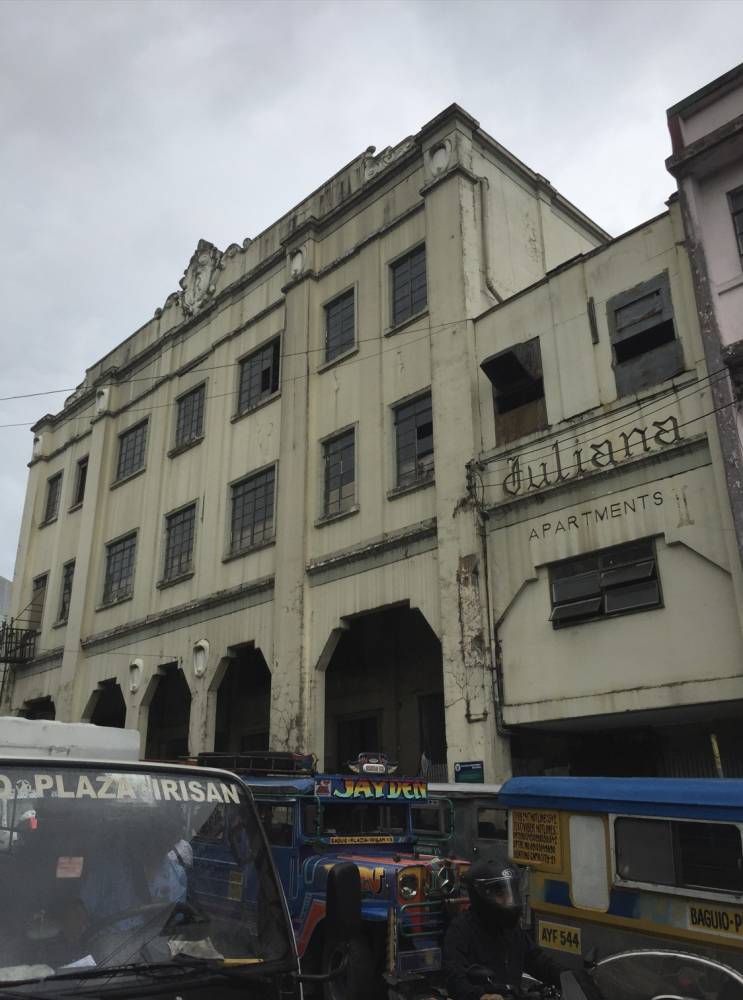
This building’s neighbor, the Imperial Hotel located at the corner of Harrison Road, was another Art Deco structure. The site is now a local department store.
On Kayang Street and its environs, where there are still extant mid-20th century streamlined buildings, a wooden three-story structure housing establishments such as the Lucky Bazaar used to stand. This building has since been replaced by a concrete one that followed the architectural style of its predecessor.
Another lost Art Deco building in Baguio was the two-story Baguio Station of the Benguet Auto Line located at the corner of Marcoville and Utility streets in the Upper Session Road area.
The building was the Baguio terminal of buses transporting Philippine National Railways passengers to and from its Damortis Station in Rosario, La Union.
Surviving buildings
Despite war and constant change, Baguio still has many Art Deco buildings that survive to this day.
Located at the corner of Harrison and Lower Mabini streets is the Locsin Building, which used to house the Highland Hotel. This building, now a branch of the country’s oldest bank, has a facade featuring the ziggurat design, one of many hallmarks of Art Deco. Beside this structure is the streamlined Mabini Arcade.
On Otek Street is what is now called Juliana Apartments. It was a prewar Art Deco building known as Baguio Theater, also Cine Theater. This building was damaged during World War II and restored thereafter.
Near this building are other Art Deco structures, notably the Bayanihan Hotel, the property that, according to a sign at its top, is “Not for sale… ever!”
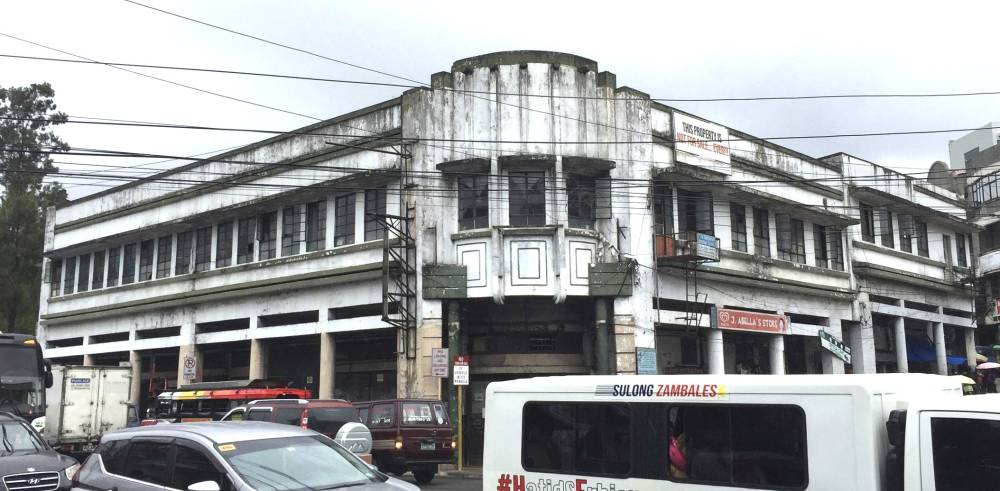
The concentration of Art Deco structures in the city is found along Session Road, perhaps Baguio’s most famous street.
Located beside the famed staircase connecting Session Road and the Baguio Cathedral is the Antipolo Building, which used to house Baguio Colleges. This building is defined by the muted ziggurat on its facade and zigzag motifs.
In front of this building is the Session Theater, now reused as pizza restaurants.
At the corner of Session and Mabini Street is another Art Deco landmark that serves as a branch of the Philippine National Bank. The building is one of many in the country designed in that style by the modernist architect Pablo Antonio, a National Artist.
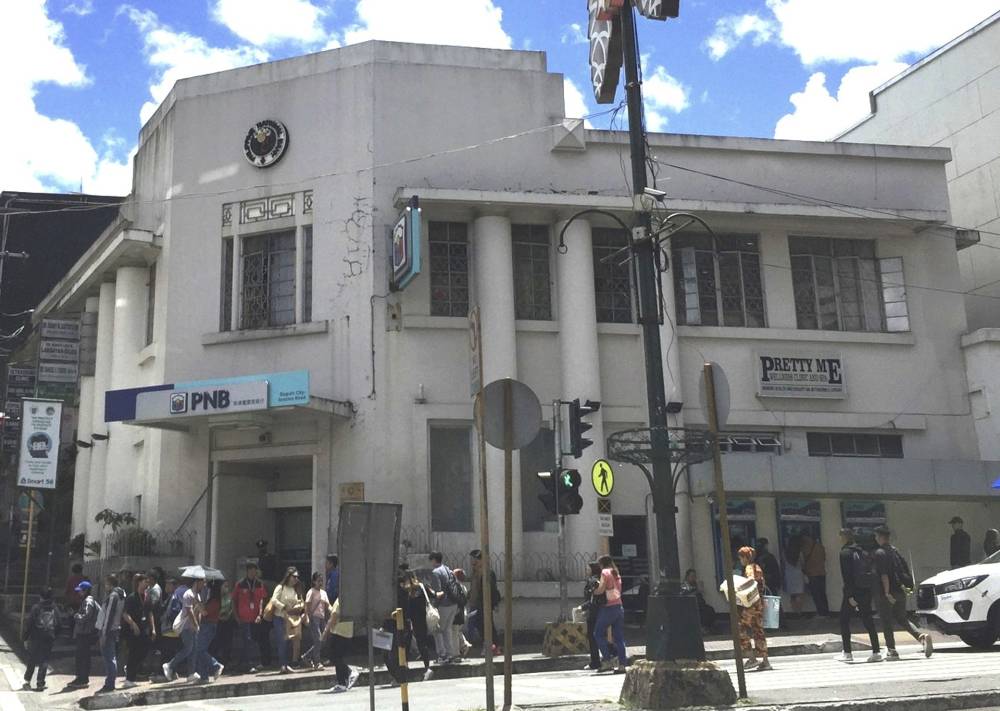
His work includes those found in Tarlac, Pampanga, Iloilo, Dumaguete, and Zamboanga.
Found on lower Session Road are other Art Deco landmarks in the city such as the Pines Theater (now Arcade) and the Plaza Theater at Malcolm Square.
Nearby are the streamlined Abellera Building at the corner of Session Road and Perfecto Street, and the 1958 Arevalo Building at the corner of Perfecto Street and Magsaysay Avenue.
Across Malcolm Square, the building of the Baguio City Market also bears hallmarks of Art Deco architecture.








